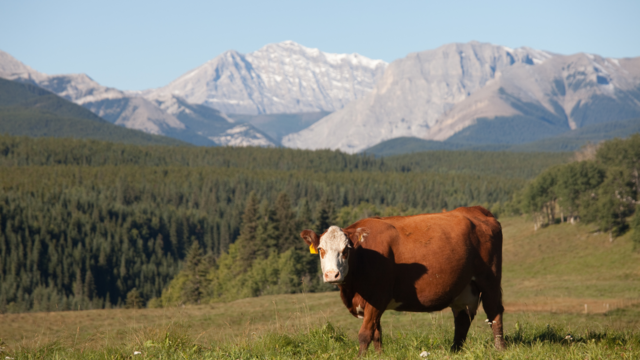Alberta Land Stewardship Act (ALSA), 2009 (amended 2011)

The Alberta Land Stewardship Act (ALSA), authorizes the provincial Cabinet to establish planning regions and adopt a statutory plan for each region. Seven planning regions have been established corresponding to the natural watersheds in the province. So far, a plan has been formally adopted for the Lower Athabasca region and a draft plan has been prepared for the South Saskatchewan region.
ALSA requires each plan to state the vision and one or more objectives for the planning region. A regional plan may also contain, among other things, land use policies, benchmarks, and actions to be taken. A plan may make or amend regulations under ALSA or other legislation, manage the surface or subsurface of land and any natural resource, authorize expropriation by the Crown, and set fines and penalties for non-compliance. In pursuit of the plan’s vision or objectives, it may affect or cancel statutory consents (including permits and licenses) issued under other Acts.
What are “Statutory Consents”?A statutory consent generally refers to any government grant of the right to use or exploit resources owned by the Crown. The term covers a large variety of government dispositions, including coal leases, licences to use and divert water, timber quotas and other dispositions under the Forests Act, grazing leases and oil and gas leases. The Alberta Land Stewardship Act provides in section 1 a legal definition that explains what counts as a “statutory consent” for the purposes of the Act. |
Once Cabinet approves a regional plan, it becomes binding on everyone, including the provincial government and its agencies, municipalities and all land use and development authorities. The overarching purpose is to implement the Land use Framework by harmonizing land use policies throughout the province. To this end ALSA takes precedence over any other provincial legislation or statutory plan.